Trump shifts priority to Moon mission, not Mars. U.S. President Donald Trump on Thursday confirmed that he wants to send astronauts back to the Moon as soon as possible, putting eventual Mars missions on the back burner.
In an executive order on his space policy, Trump said he wanted to get Americans to the Moon by 2028, under NASA’s Artemis program launched during his first White House term.
Such a lunar landing would “assert American leadership in space, lay the foundations for lunar economic development, prepare for the journey to Mars, and inspire the next generation of American explorers,” the order says.
It also says the U.S. space agency NASA hopes to set up “initial elements of a permanent lunar outpost by 2030” and confirms plans to deploy nuclear reactors “on the Moon and in orbit.”
Americans are currently scheduled to return to the Moon’s surface in mid-2027 on the Artemis 3 mission, but the timeline has been repeatedly pushed back.
And industry experts say it likely will be delayed again because the lunar lander in development at Elon Musk’s SpaceX is not yet ready.
Trump’s executive order puts increased pressure on both NASA and the private space sector to reach the administration’s objectives.
The United States is keen to bypass China, which also intends to send a crew to the Moon by 2030 and set up a base there.
Putting the priority on a lunar mission represents a policy shift from what Trump had said earlier this year.
When he returned to the White House in January, the Republican said he wanted to put the American flag on Mars before the end of his four-year term, without mentioning any such plans for the Moon.
That announcement has sown doubt on the administration’s priorities in space, and propelled fears that NASA was going to skip over the Moon altogether.
But now, even though Washington has long said it wants to be the first nation to send humans to Mars, that reality seems farther away.
The row in June between Trump and Musk, who is passionate about Mars exploration, along with other pressing geopolitical concerns, may have shifted Trump’s ambitions.


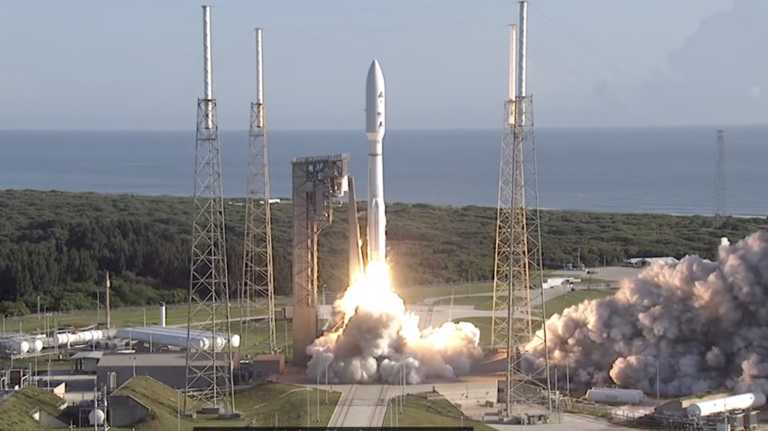


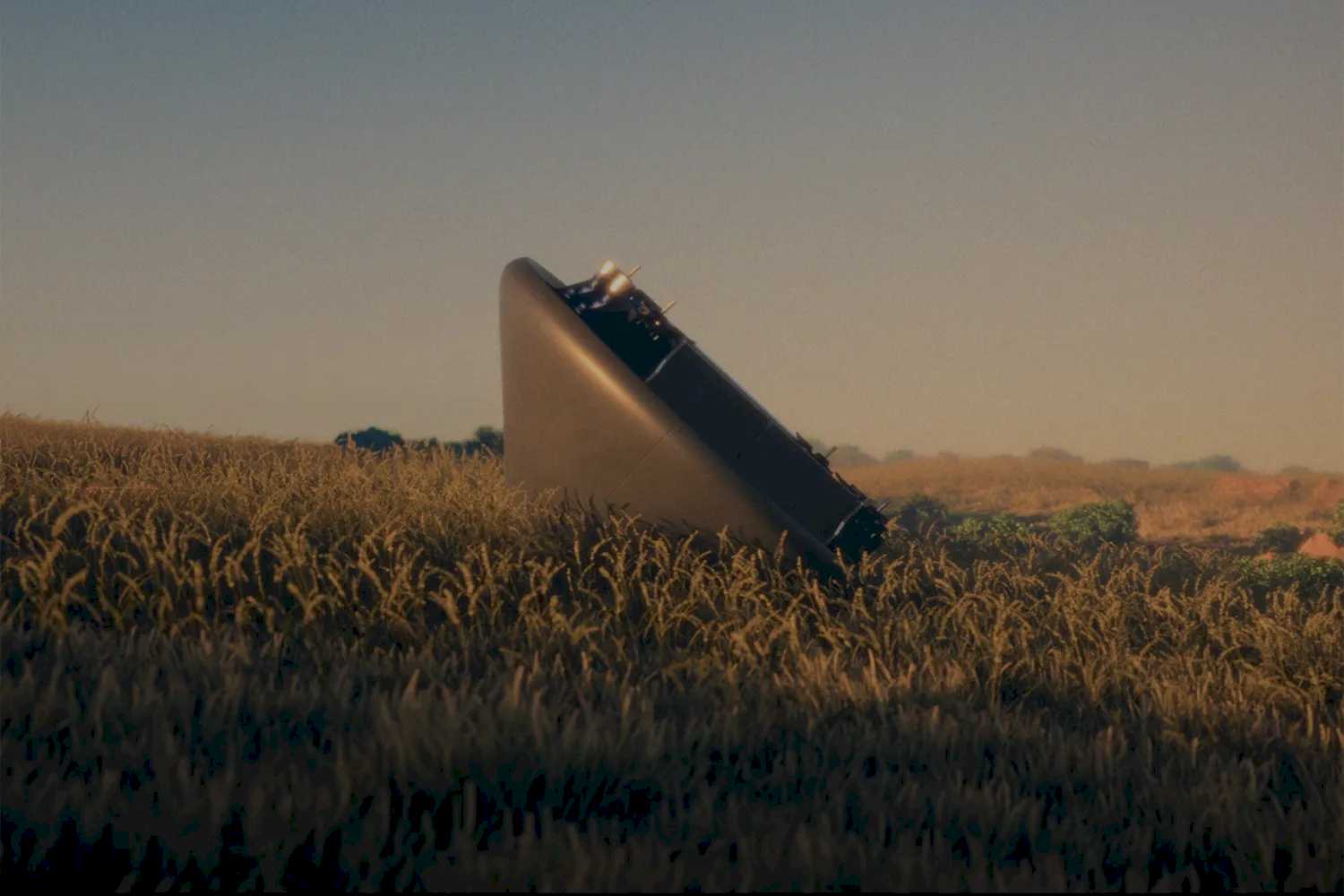

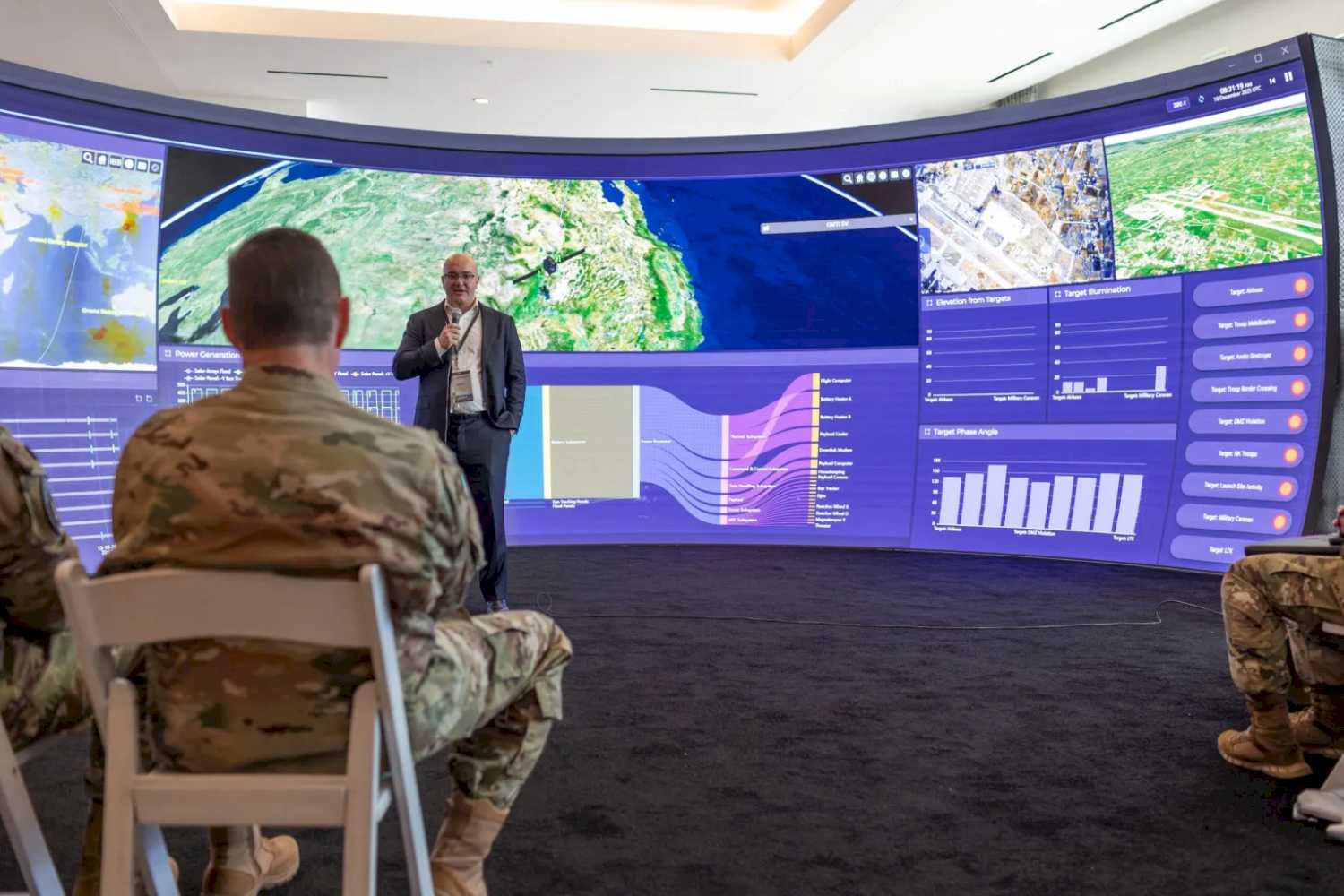
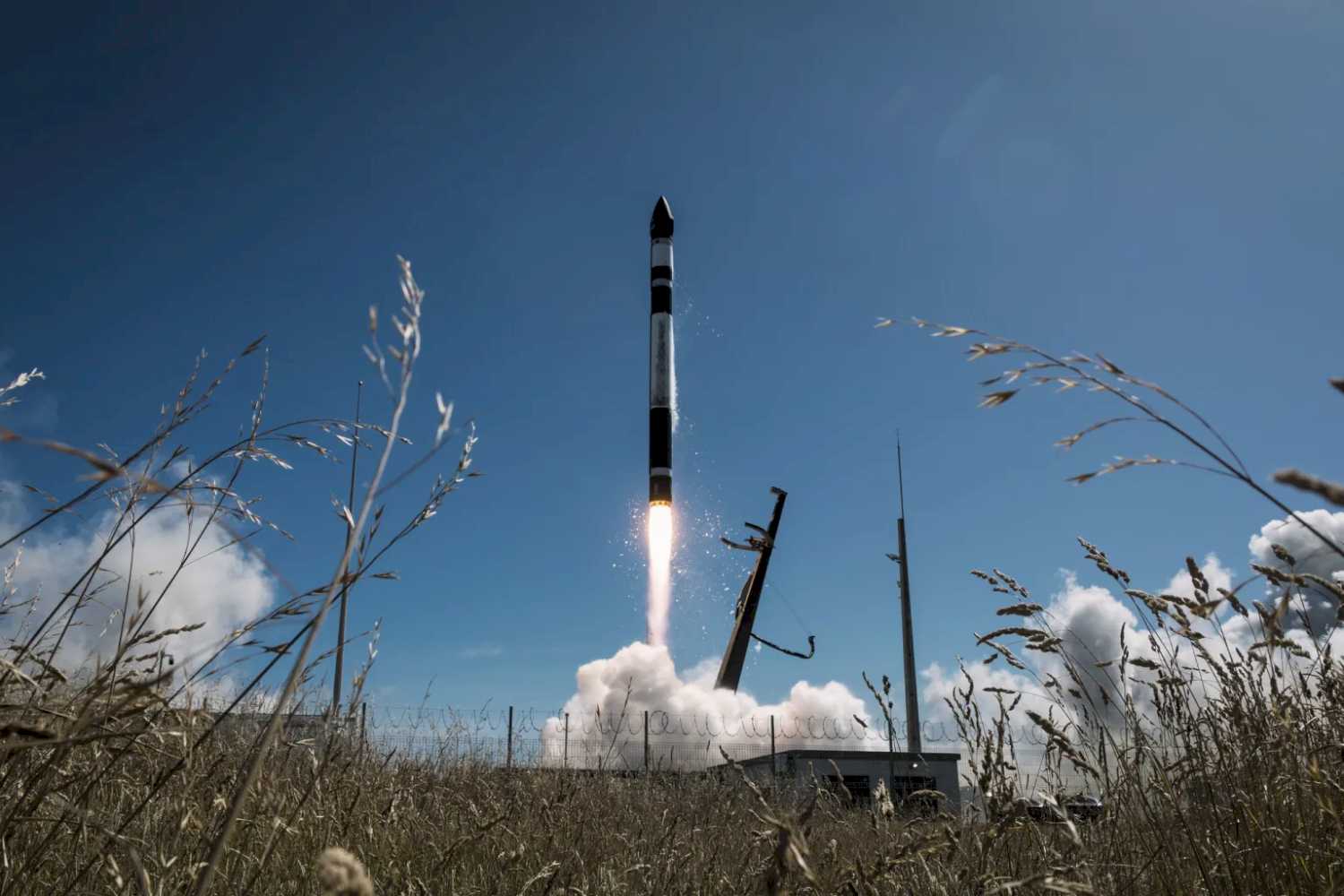
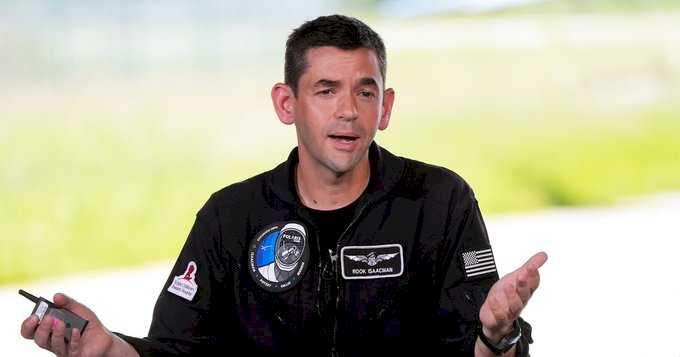
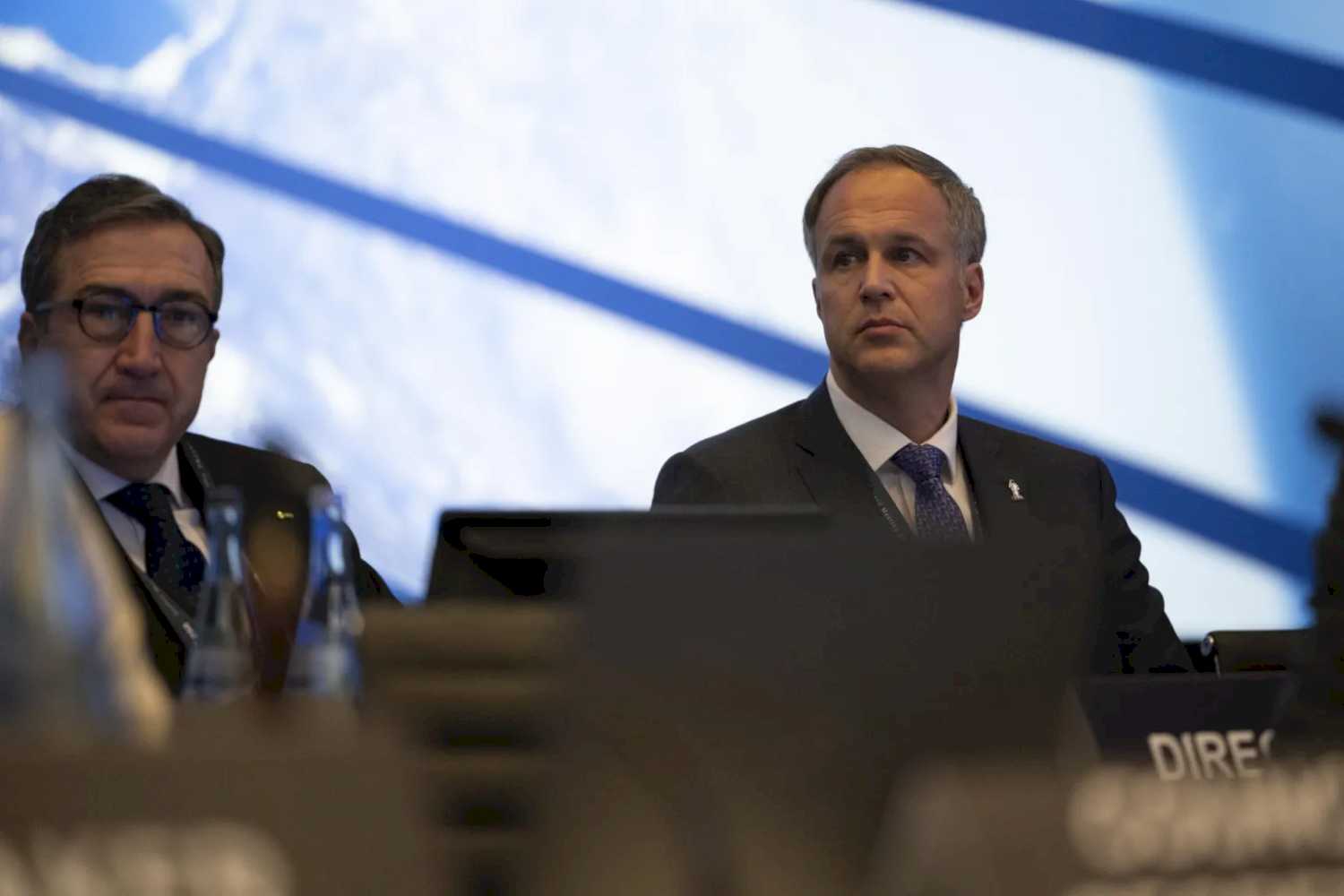


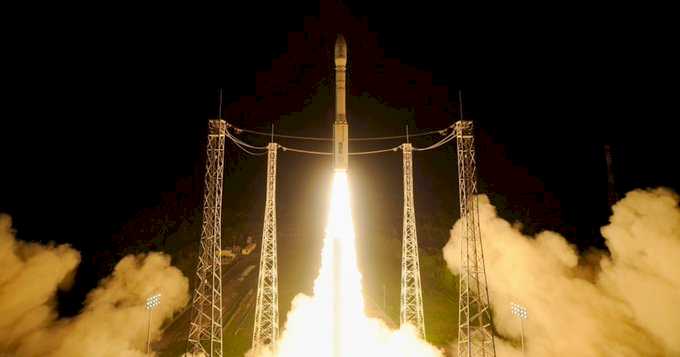
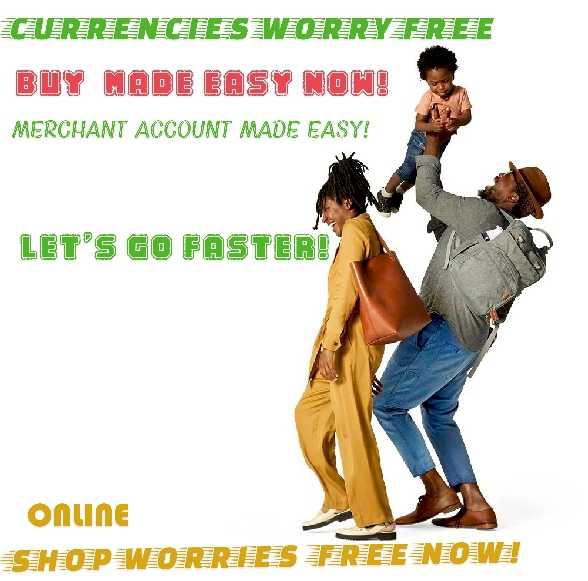



Space news on Umojja.com